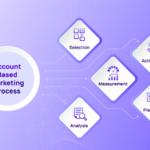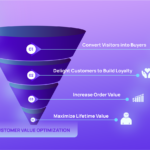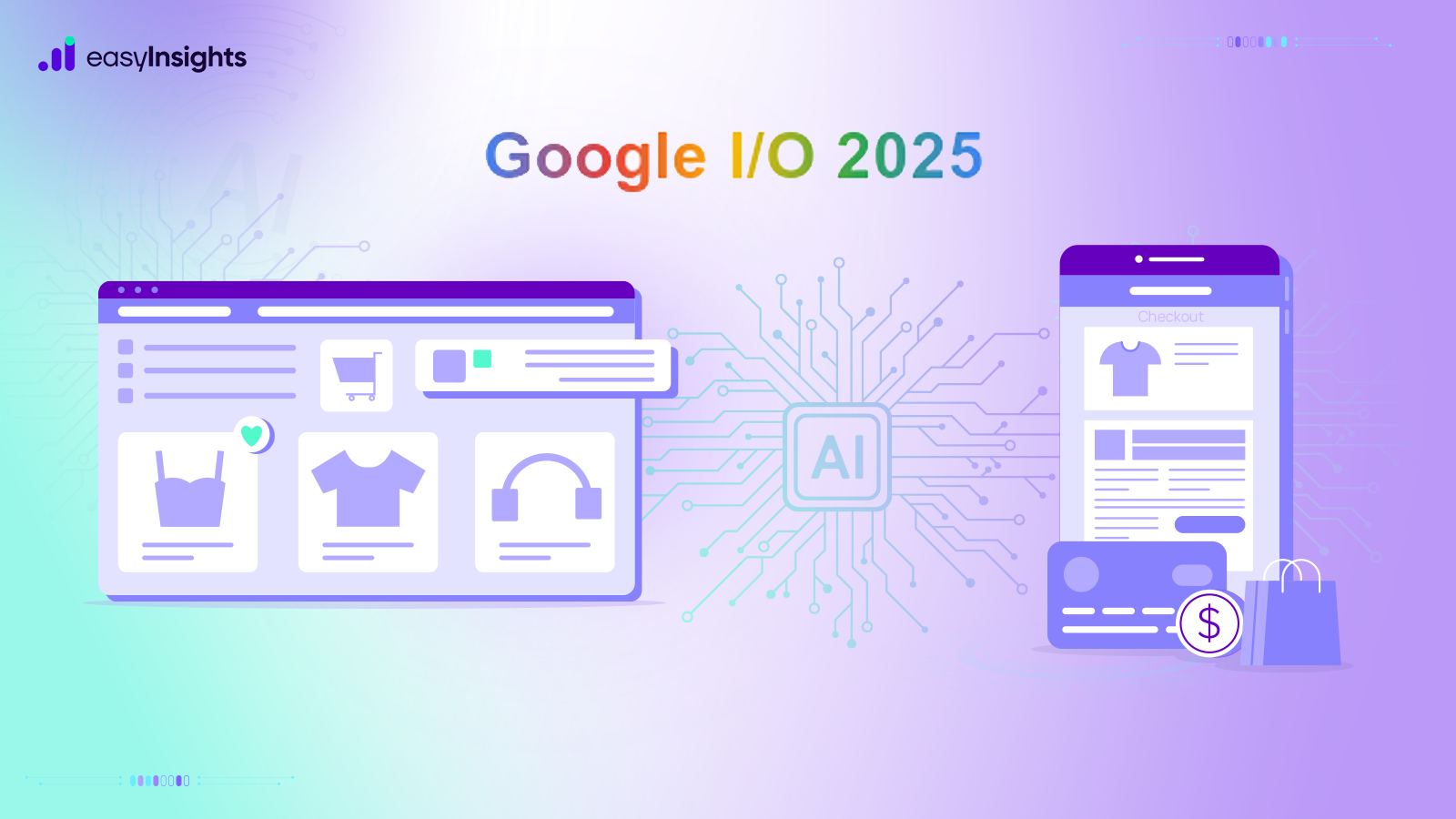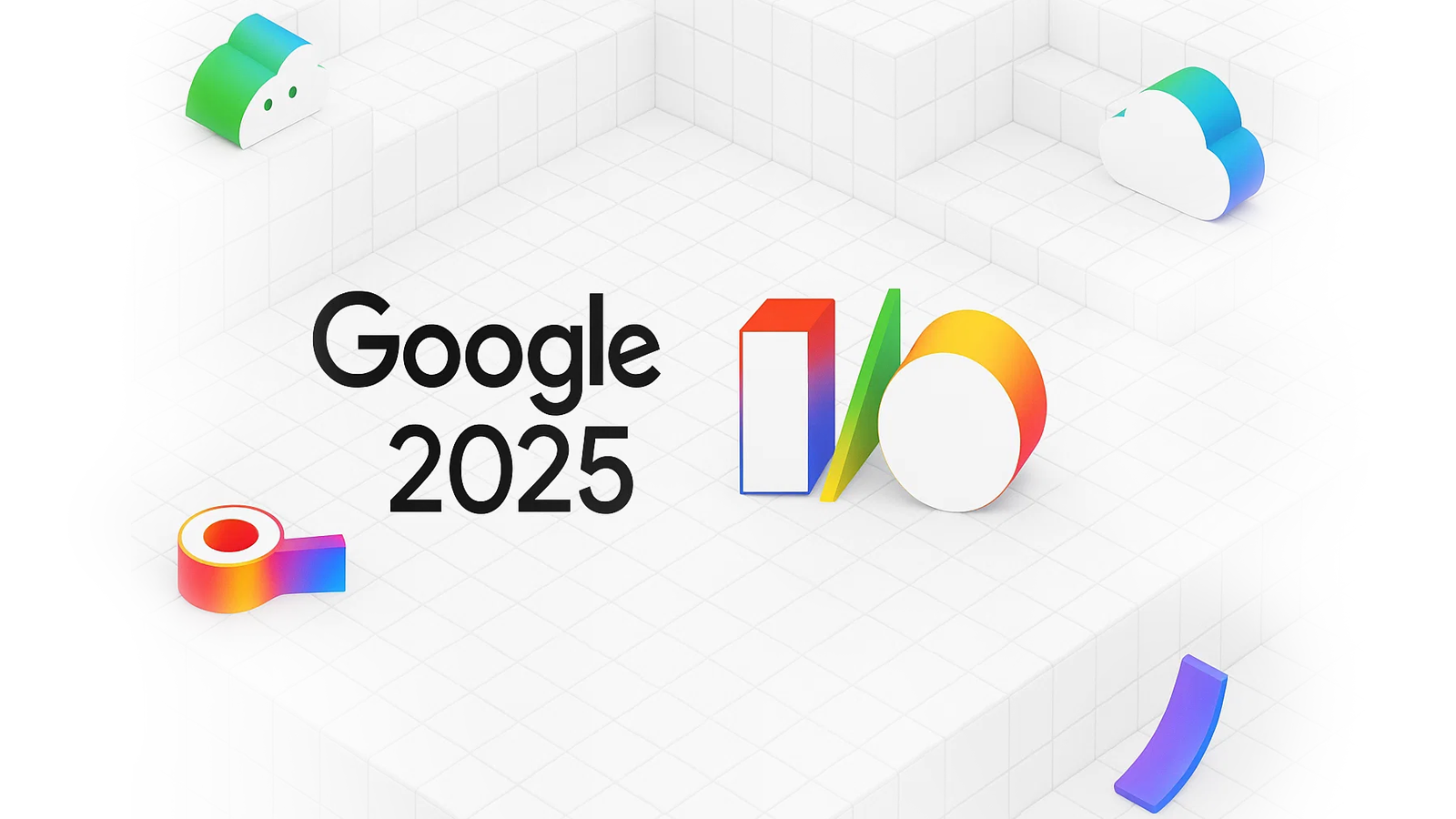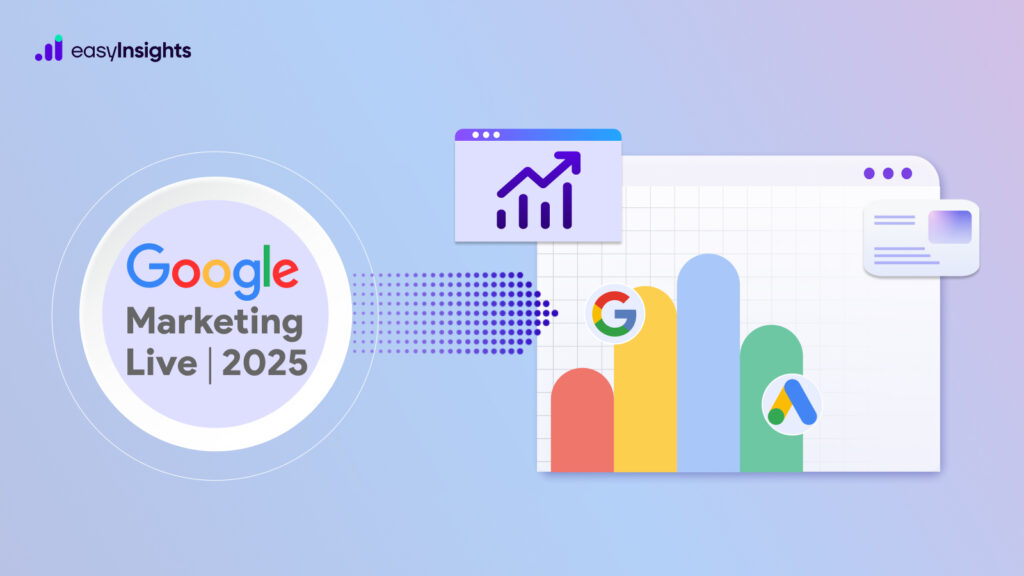
Google Marketing Live 2025, held on May 21st, brought together advertisers, developers, and business leaders from around the world to unveil the latest updates across Google’s Ads and Commerce platforms. The annual event, streamed globally, is Google’s flagship marketing showcase, where product vision meets practical innovation.
Hosted by Vidhya Srinivasan (VP & GM, Advertising), alongside other senior leaders from the Google Ads team, this year’s event focused on how marketers can drive growth in a rapidly evolving digital ecosystem. With a mix of keynotes, live product demos, and hands-on use cases, Google shared updates that span campaign performance, creative automation, retail experiences, and deeper integrations across Search, YouTube, and Shopping.
Unlike previous years which were more focused on tools and technical rollouts, the 2025 edition struck a balance between future-facing innovations and tangible features advertisers can apply today. It was less about bold predictions and more about showing how advertising is changing—in response to both user behavior and technology.
In this article, we’ll break down the key announcements, what they mean for marketers, and how businesses can start preparing for this next chapter of digital advertising. Here are all the announcements:
Jump ahead to:
1. Ads Now Appear in AI Overviews and AI Mode
We already see more than 5 trillion searches on Google annually, and AI is changing how users interact with Search. With the rollout of AI Overviews, users are now asking more complex, conversational queries and engaging more frequently. In top markets like the U.S. and India, AI Overviews have already driven a 10% increase in Google usage for eligible queries.
To align with this shift, Google is now placing Search and Shopping ads within AI Overviews on desktop in the U.S., with plans to expand to mobile and more countries later this year. This means ads can now appear directly alongside AI-generated answers—without disrupting the experience.
Marketers can take this update as a strategic opportunity. As user journeys become more exploratory, these placements offer a chance to connect earlier—at the moment of curiosity or problem-solving—not just at the point of intent. For advertisers already using Performance Max, Search, or Shopping campaigns, no extra setup is required. These ads are automatically eligible to appear, giving brands more visibility in this evolving search landscape.
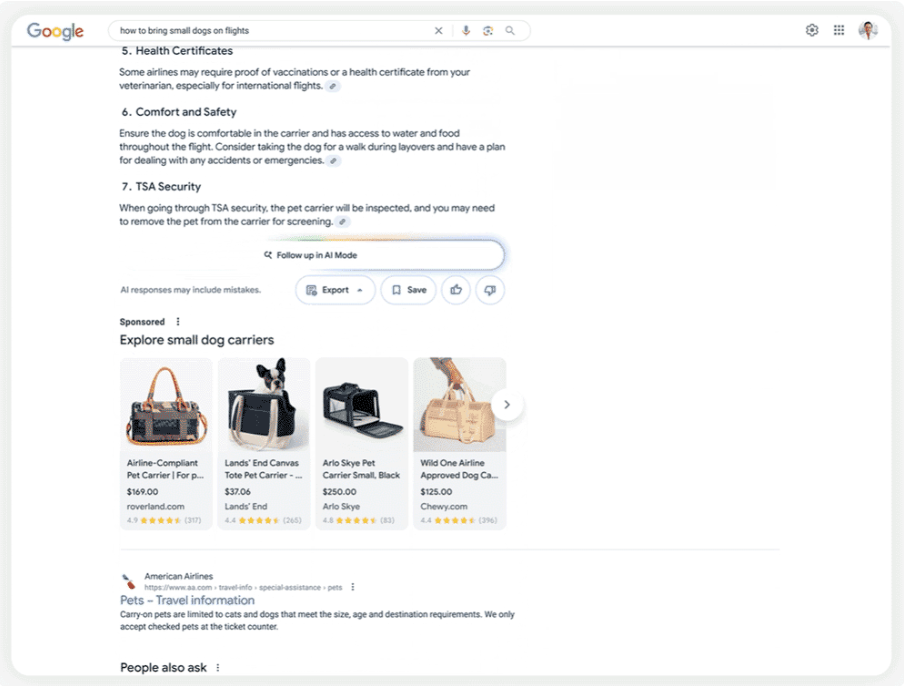
Also Read: How to do Facebook ads Conversion tracking
2. Performance Max Enhanced Reporting
Performance Max is now used by over 1 million advertisers, and it’s evolving to offer greater transparency and control. At Google Marketing Live 2025, the company announced major upgrades to Performance Max reporting, a long-awaited move welcomed by marketers.
Key updates include:
- Channel-Level Performance Reporting: Marketers can now see how their Pmax campaigns are performing across each Google channel. This helps identify which platforms are driving results and where to optimize further.
- Search Terms Reporting: Similar to standard Search campaigns, advertisers can now view detailed search term insights within Performance Max. This allows better control through negative keywords and improved targeting based on high-performing queries.
- Asset & Optimization Insights: PMax now offers expanded metrics for individual assets and ad formats, along with channel-specific diagnostics and downloadable reports. These updates give marketers deeper visibility into what’s performing and actionable tips to improve creative, feed quality, and overall campaign effectiveness.
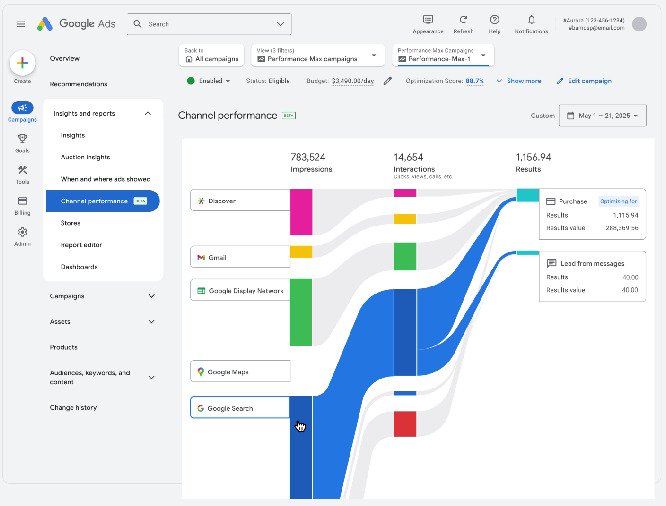
These updates are seen as a big win by advertisers who’ve been asking for more clarity into how Performance Max allocates budget and performs across Google’s ecosystem.
3. 4 New Ways Google AI Enhances Creativity
- AI-Generated Visuals & Videos: Tools like image-to-video (powered by the Veo model) and AI outpainting expand visuals dynamically. These are available in Merchant Center and coming soon to Google Ads.
- Asset Studio: A centralized hub for creative tools within Google Ads, letting advertisers generate product images, lifestyle visuals, and videos more easily.
- AI-Driven Campaign Ideas: A new “generated for you” feature in Product Studio suggests fresh campaign concepts, product highlights, and copy updates based on trends.
- Smarter Brand & Video Management: Merchant Center now supports brand profiles and upcoming video management tools, helping retailers control brand appearance and optimize videos across Search, YouTube, and Ads.
4. Google Brings Agentic AI to Ads, Analytics & Chrome
To simplify marketing workflows and boost performance, Google is rolling out agentic AI capabilities across Google Ads, Google Analytics, and a new tool called Marketing Advisor.
- Agentic Experts in Ads & Analytics:
AI-powered assistants will now help with campaign creation, optimization, reporting, and troubleshooting, offering personalized suggestions like keywords, creatives, and ad group structuring. - Marketing Advisor (New):
A smart AI agent that lives inside the Chrome browser, helping marketers manage campaigns, fix tagging issues, suggest seasonal strategies, and optimize performance across Google properties, all in one panel.
These tools aim to reduce manual effort, personalize guidance, and turn marketers into high-performing operators with AI-powered support at every step.
5. New AI Measurement Tools
As customer journeys get more complex, it’s getting harder to know which ads are actually driving results. Google has announced new tools to help advertisers track performance more accurately and make better use of their first-party data.
- Easier Incrementality Testing
You can now run incrementality tests with less ad spend. These tests show whether your ads are truly adding value or if those conversions would’ve happened anyway. This helps you focus on what actually works.
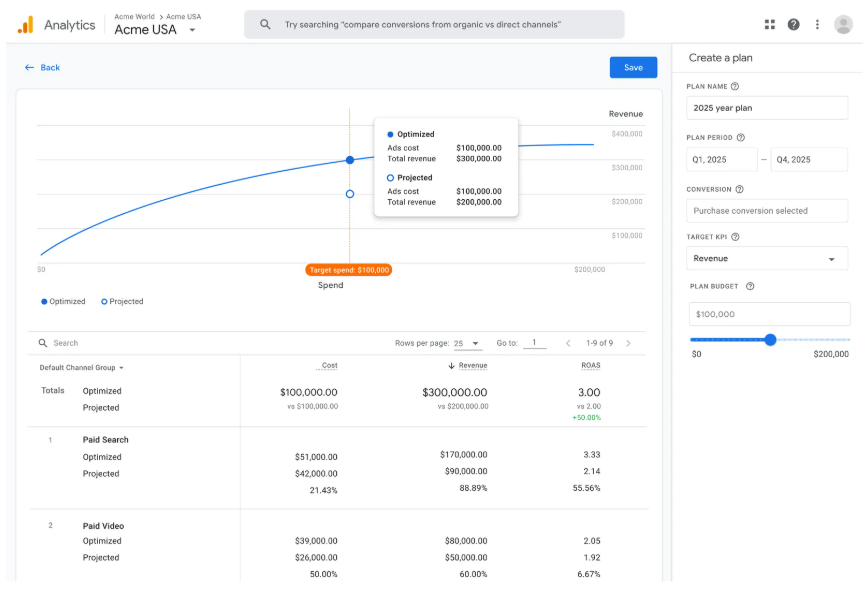
- Better Cross-Channel Tracking in Google Analytics
Google Analytics will soon give you a clearer picture of the full customer journey, including impressions and activity across Google and other platforms. This means better insights into how your ads influence behavior over time. - Smarter First-Party Data Management
The new Data Manager lets you collect, store, and activate your first-party data from any source in one place. while keeping user privacy in mind. Google is also launching a Data Manager API to simplify how you connect and use your data for better results.
These updates are designed to help you track what’s working, use your data more effectively, and make smarter decisions powered by AI.
6. Smart Bidding Exploration
When marketers focus only on past performance and safe keywords, they often miss untapped opportunities. That’s why Google is launching its biggest bidding update in over a decade, introducing Smart Bidding Exploration.
Google has launched Smart Bidding Exploration — its biggest bidding update in over a decade. This feature lets advertisers go beyond their usual high-performing keywords by using flexible ROAS targets to uncover new, valuable search queries that may have been overlooked.
It works alongside tools like AI Max for Search, Smart Bidding Exploration expands your campaign’s reach to a wider range of high-intent, relevant queries — ones you might not have even considered.
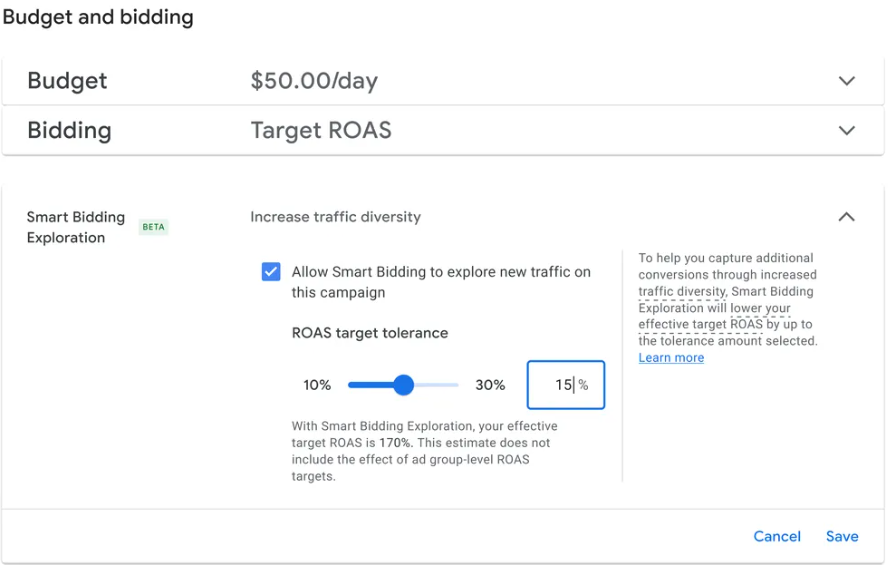
According to Google, campaigns using this feature saw: 18% more unique converting search query categories, 19% more conversions on average
7. AI Max for Search Campaigns
AI Max for Search campaigns brings together a powerful set of targeting and creative tools to help advertisers keep up with how people search today.
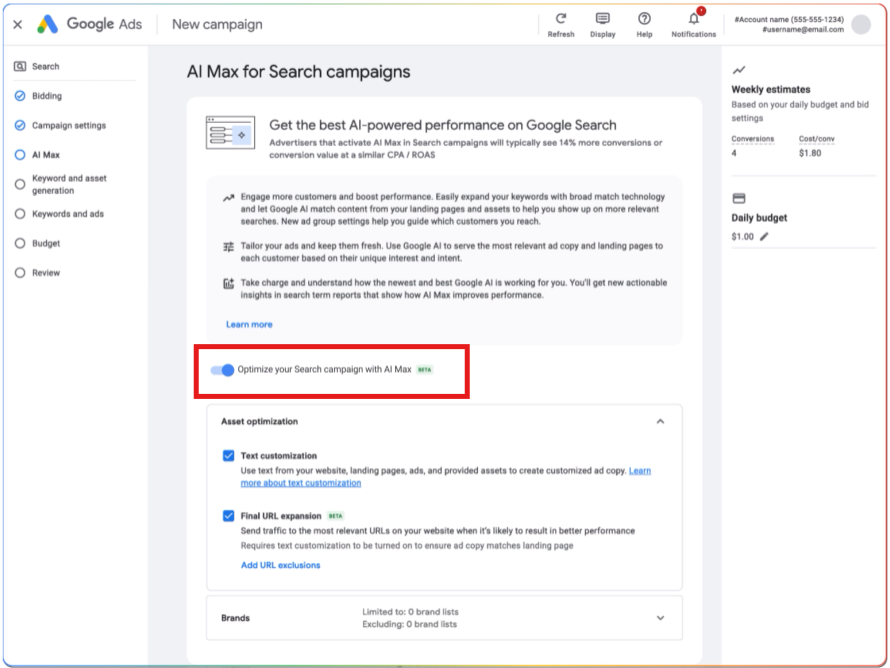
With a single toggle, advertisers can activate:
- Asset Optimization: Google AI rewrites your headlines and descriptions in real time, using content from your ads, landing pages, and assets to better match user intent.
- Search Term Matching: Broad match and keywordless tech help surface high-performing queries your campaign might otherwise miss.
AI Max for Search is rolling out globally in beta by the end of May 2025, making it easier than ever to unlock new conversions and improve ad relevance at scale.
8. Smarter Data & App Measurement
As consumer journeys grow more complex, Google is rolling out four new tools to help marketers strengthen first-party data strategies and improve iOS app campaign measurement. Key Updates:
- Google Tag Gateway for Advertisers: A simplified way to upgrade your tags to server-side tagging, boosting measurement signal quality, performance, and control. Soon, this will include confidential computing by default for enhanced security.
- New Diagnostics for First-Party Data: Quickly identify setup issues across your Google ad tools and make sure your first-party data is optimized for better AI-driven performance.
- On-Device Conversion Measurement (iOS): Now supports deidentified app event data, helping you improve iOS app campaign optimization and reporting while protecting user privacy.
- Integrated App Campaign Measurement: Combines on-device measurement with third-party attribution partners for more accurate, real-time app campaign reporting and faster insights.
These tools help marketers adapt to privacy shifts while getting stronger measurement, cleaner data, and better campaign outcomes across web and app.
Activate First-Party Data with EasyInsights
As Google places more focus on first-party data and cross-channel measurement, tools like EasyInsights.ai have become mission-critical for marketers looking to future-proof their strategy.
EasyInsights is a first-party data activation platform that helps you:
- Collect clean, privacy-compliant event data from websites and mobile apps
- syncing offline CRM events for stronger attribution
- Implement server-side tracking to stay resilient in a cookie-less world
- Enrich event data to improve bidding, targeting, and optimization
- Ensure accurate conversion tracking across Meta, Google Ads, GA4, and more
- Build and sync high-value audience segments directly into your ad platforms
With EasyInsights, you’re not just collecting data-you’re activating it. And in an AI-powered marketing landscape, better data inputs lead to smarter outcomes.
Conclusion
Google Marketing Live 2025 packed a lot into its ~80-minute runtime, as expected, AI was the centerpiece. The event delivered a clear message: advertising is moving toward an AI-first, data-strong future. From smarter placements in AI Overviews to deeper insights in Performance Max and the introduction of agentic AI assistants, Google is equipping marketers with powerful tools to reach customers more intelligently and efficiently. But behind every new feature lies a common thread—dependence on clean, connected, first-party data.
That’s where EasyInsights comes in. By capturing, enriching, and activating data from your site, CRM, and ad platforms, EasyInsights transforms raw signals into high-quality fuel for Google’s AI-driven features. With a strong data foundation, innovations like Smart Bidding Exploration and AI Max for Search can perform at their best—driving stronger relevance, better conversions, and scalable growth.
The takeaway is simple: combine Google’s latest AI capabilities with a robust first-party data strategy, and you’ll be ready to lead in the next era of digital advertising.
Book a demo with EasyInsights today!


